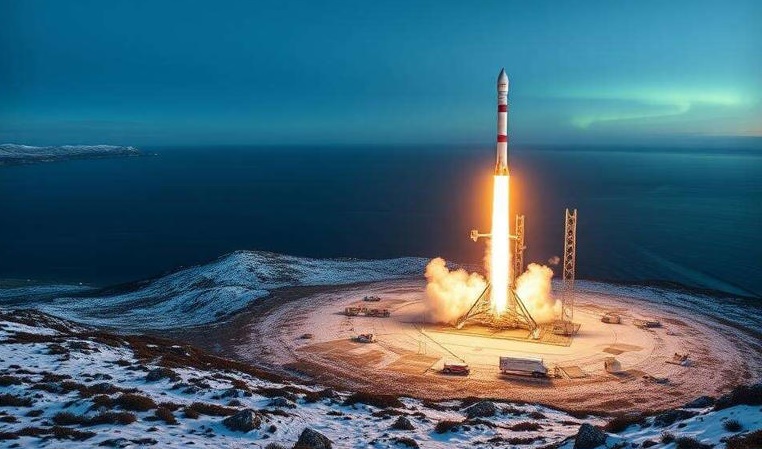North Korea Claims it Successfully Put Spy Satellite into Orbit

On Wednesday, North Korea asserted its successful launch of a spy satellite into orbit, marking its third attempt this year and underscoring its commitment to establishing a space-based surveillance system amid ongoing tensions with the United States.
Independently confirming North Korea claim proved challenging, yet the launch was expected to draw strong condemnation from the U.S. and its allies. The United Nations prohibits North Korea from engaging in satellite launches, viewing them as disguises for testing missile technology.
According to North Korea space authorities, the Malligyong-1 satellite was placed into orbit on Tuesday night using a space launch vehicle. The statement highlighted leader Kim Jong Un direct observation of the launch and suggested that the spy satellite would enhance North Korea preparedness in response to perceived hostile military actions by rivals, with plans for additional launches in the near future.
South Korea and Japan reported detecting the launch, prompting Japan to issue a J-Alert missile warning for Okinawa. South Korea military maintained readiness in close collaboration with the U.S. and Japan.
Japanese Prime Minister Fumio Kishida condemned the launch, emphasizing that, despite North Korea labeling it a satellite, the use of ballistic missile technology violated U.N. Security Council resolutions, posing a serious threat to safety.
North Korea pursuit of spy satellites aligns with leader Kim Jong Un goal of modernizing weaponry to counter perceived U.S. threats. Earlier launch attempts this year had faced technical difficulties, with the latest success potentially influenced by Russian technological assistance, as suggested by South Korean officials.
Reports of a potential arms transfer deal between North Korea and Russia, involving conventional arms supplied by North Korea to replenish Russia ammunition stock, raised concerns. Both nations denied the allegations, which, if true, would violate U.N. bans on weapons trading with North Korea.
The launch, seen as part of North Korea strategy prioritizing military capabilities, raised questions about the satellite actual reconnaissance functions and the extent of Russia involvement. Analysts suggested a shift in North Korea focus from diplomacy with the U.S. to closer alignment with Russia and China.
North Korea persistent missile tests, nearing 100 since the previous year, aimed to establish a reliable nuclear weapons arsenal targeting the U.S. and its allies. The successful satellite launch hinted at advancements in missile capabilities, with implications for intercontinental ballistic missiles (ICBMs).
South Korea hinted at the possible suspension of a 2018 inter-Korean agreement to reduce tensions, resuming aerial surveillance and firing exercises if North Korea proceeded with the launch. The U.S., South Korea, and Japan urged North Korea to cancel the launch, with Russia and China blocking Security Council responses to previous violations.
Kim Jong Un sister criticized the U.N. Security Council as a political appendage of the U.S., accusing it of discriminatory actions. Previous satellite launches by North Korea had faced technical issues, and the Malligyong-1 satellite capability for military reconnaissance remained a subject of debate among experts.
Despite uncertainties, Kim Jong Un expressed the need for multiple satellites to enhance observation capabilities. Additionally, Kim aimed to introduce advanced weapons, including mobile ICBMs, nuclear-powered submarines, and multi-warhead missiles, potentially leveraging an expanded arsenal for concessions in future diplomatic negotiations.
In response, the U.S. and South Korea increased military exercises, showcasing strength with deployments such as the USS Carl Vinson aircraft carrier and its battle group to a South Korean port on Tuesday.



